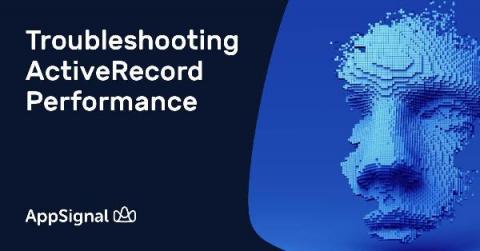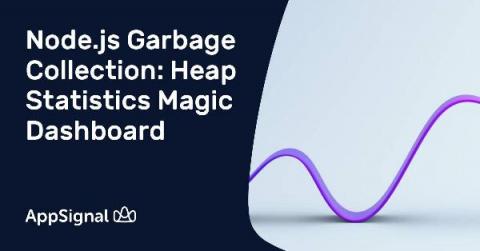Announcing AppSignal for Ruby Gem 3.0!
We’re very happy to present you with version 3.0 of AppSignal for Ruby - a new major release for the Ruby gem. 🎉 We have changed the way we instrument apps and gems to provide better compatibility with other instrumentation gems. Support for Ruby version 1.9 has been removed and deprecated classes, modules, methods, and instrumentations have also been removed. Read our upgrade guide! In the rest of the post, we’ll explain what the new version of our gem brings to you and your apps.











